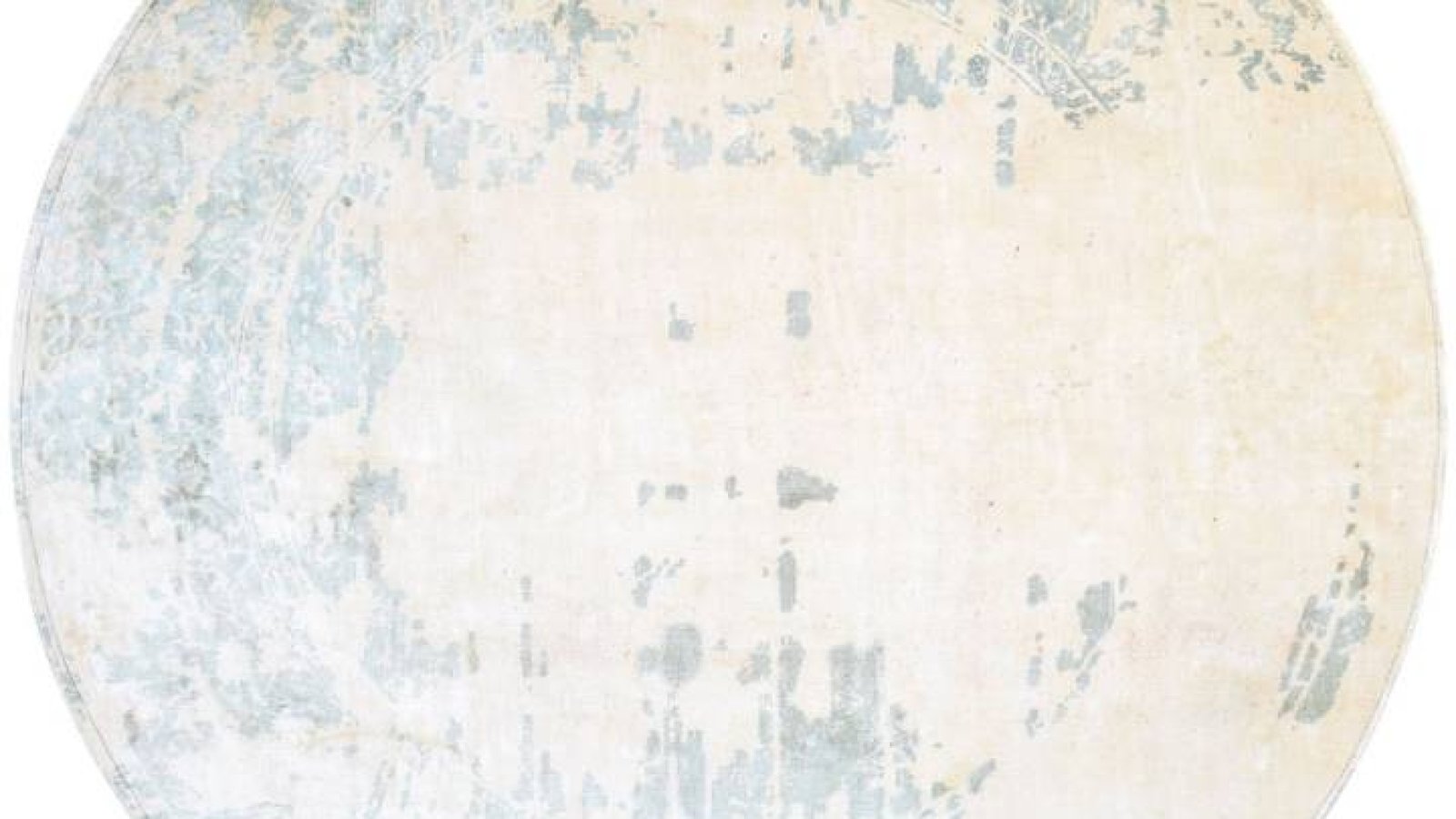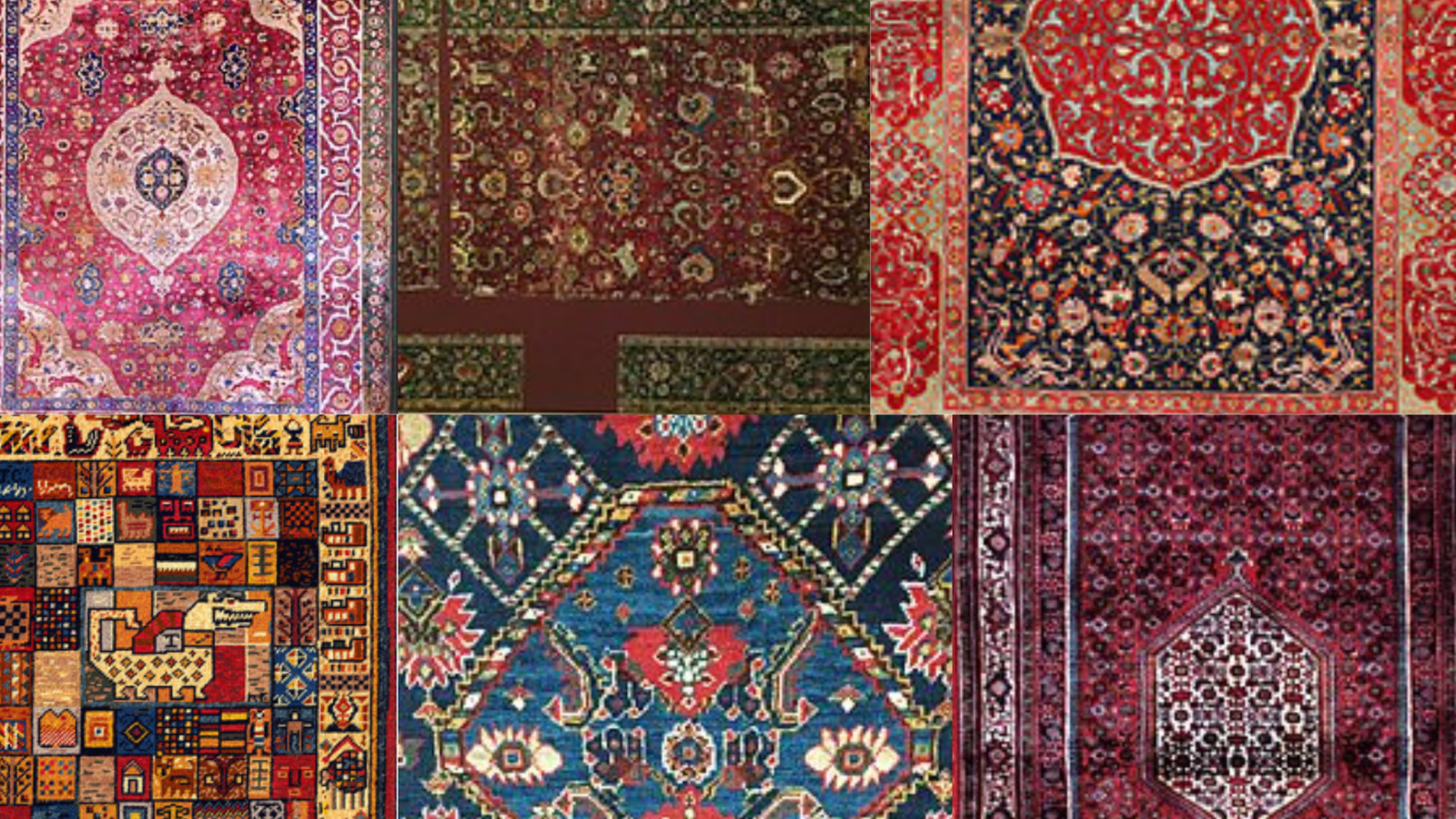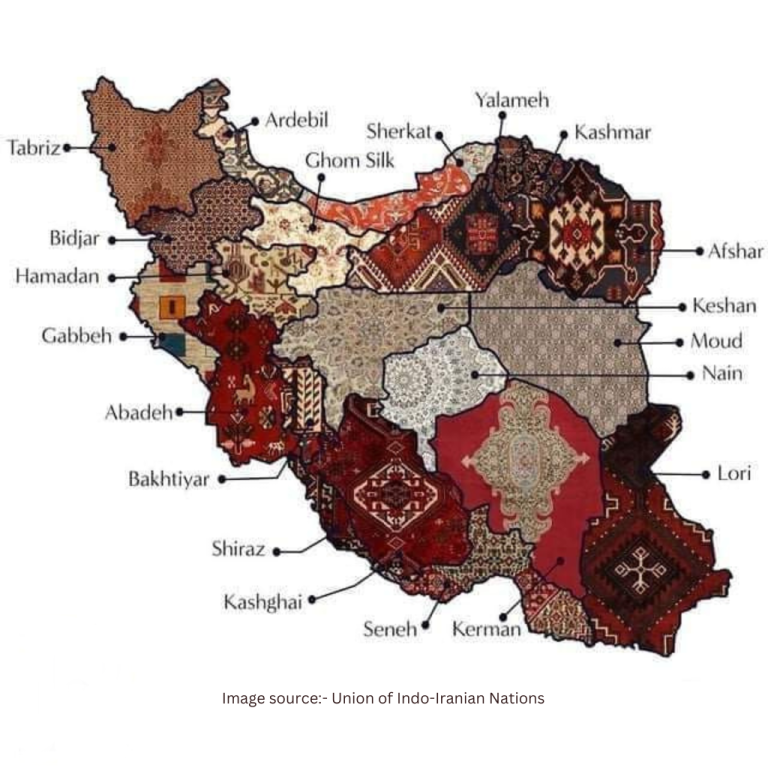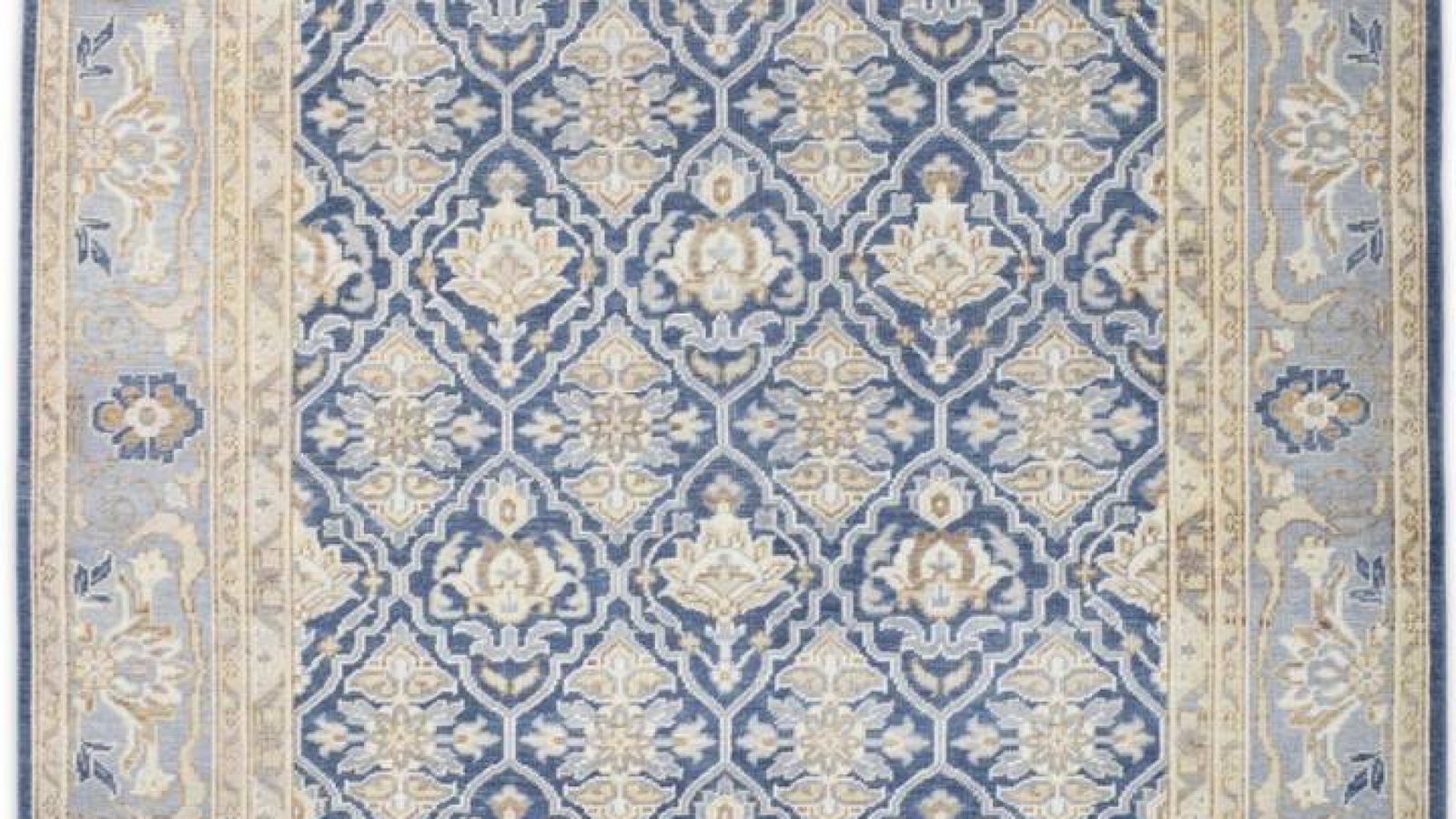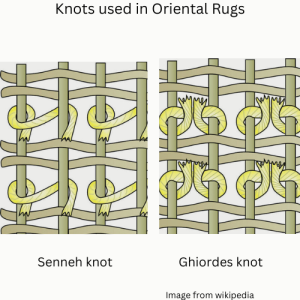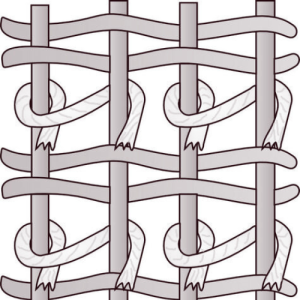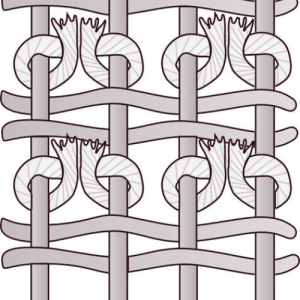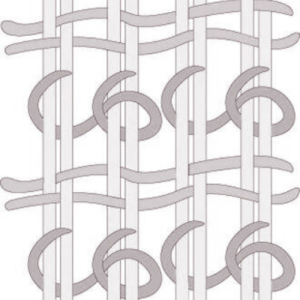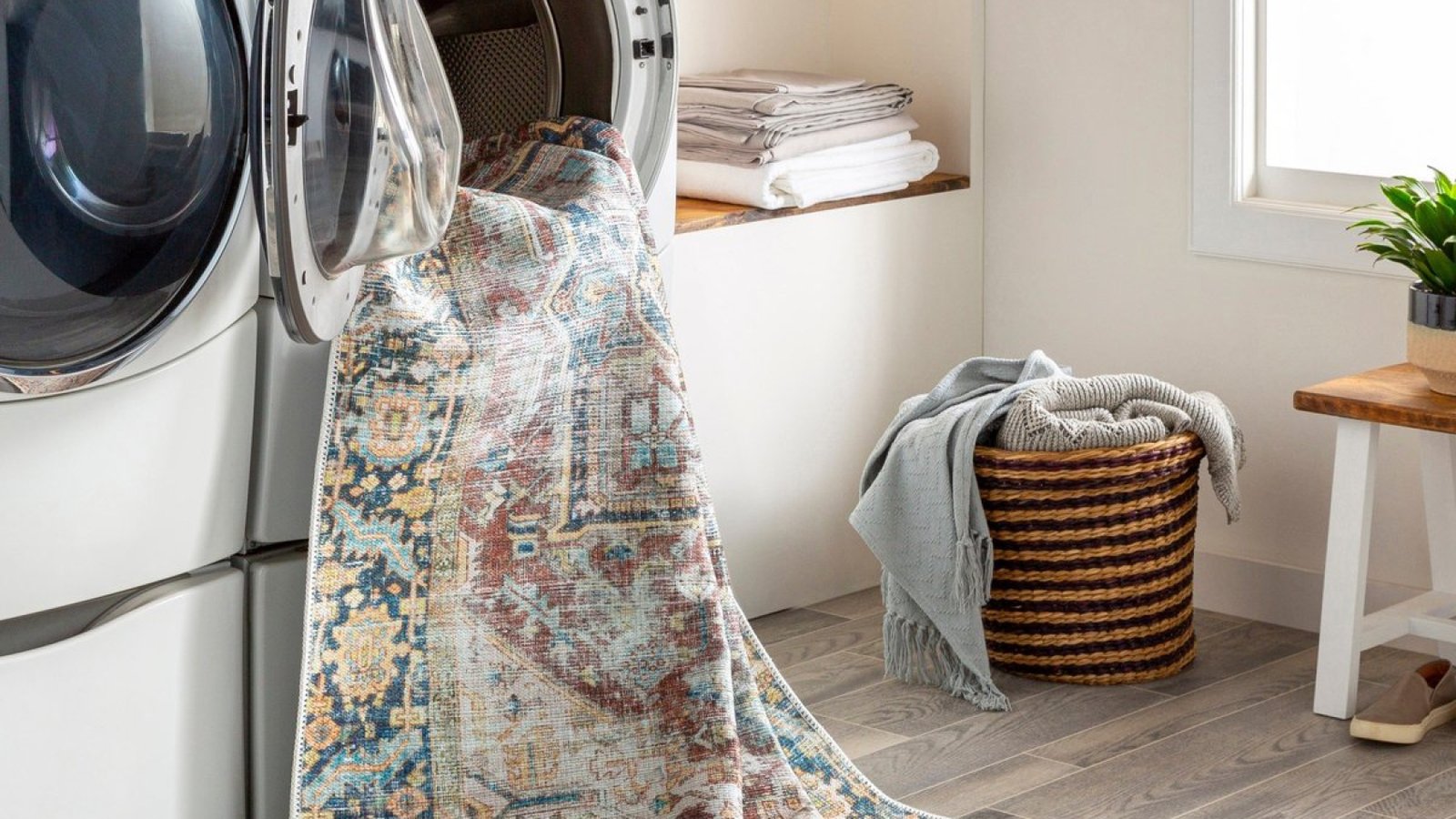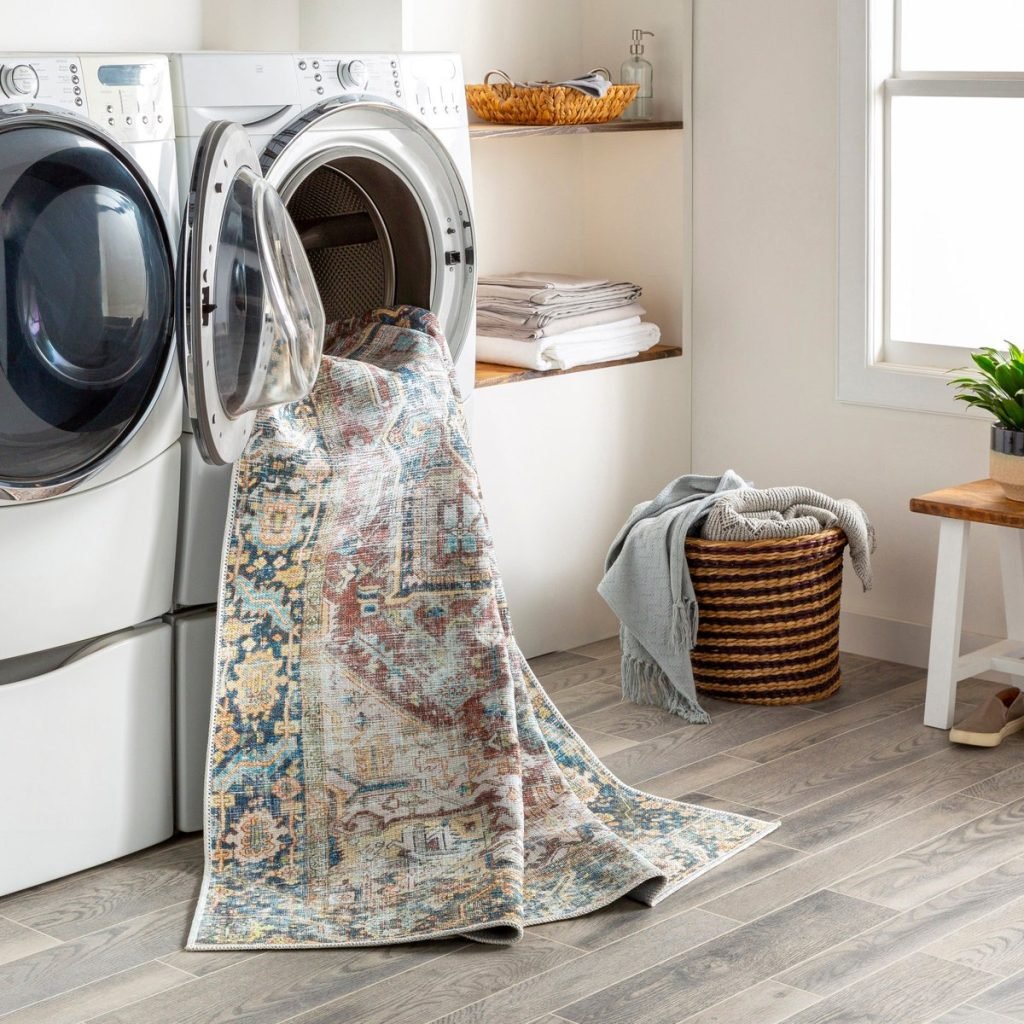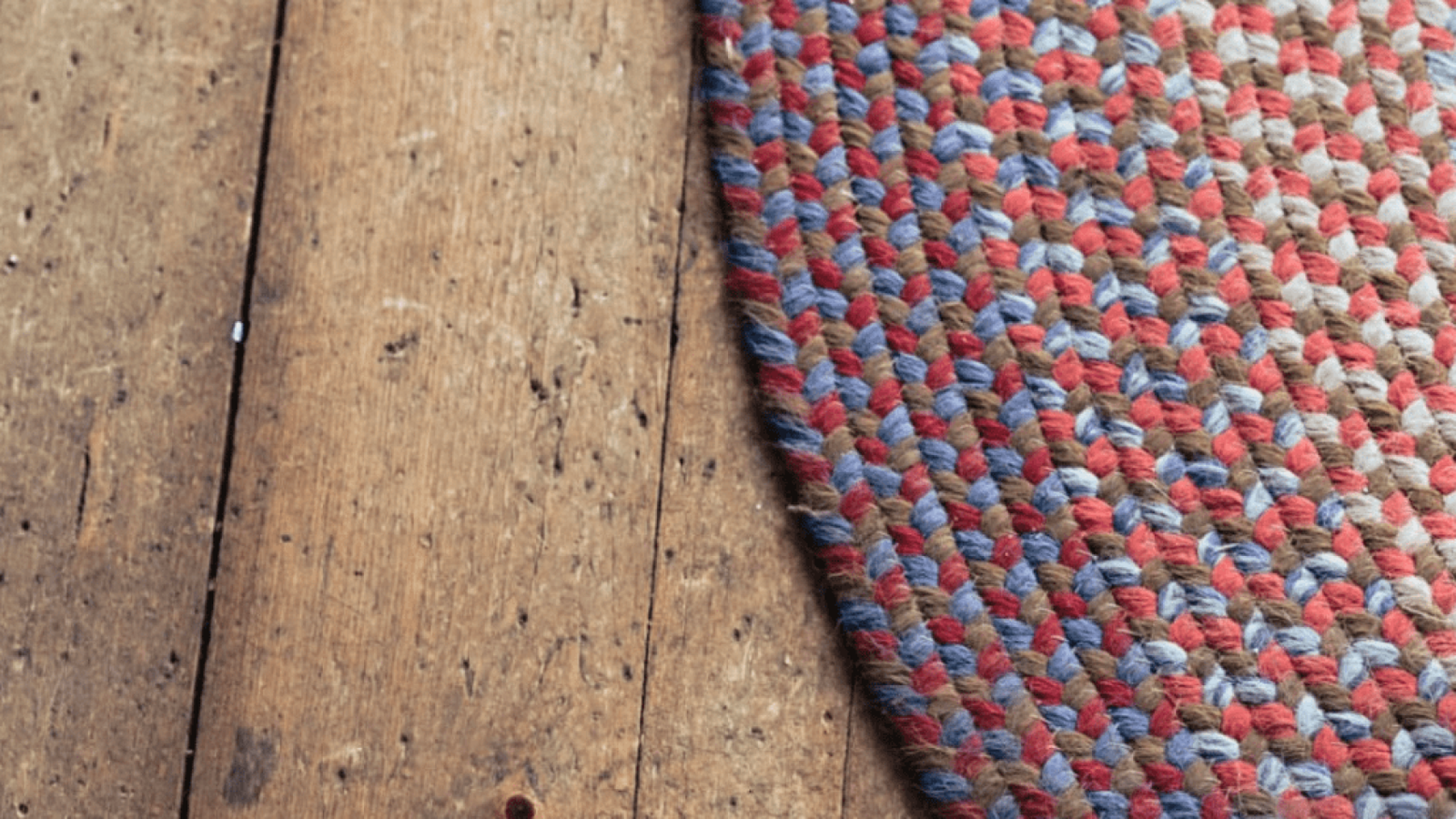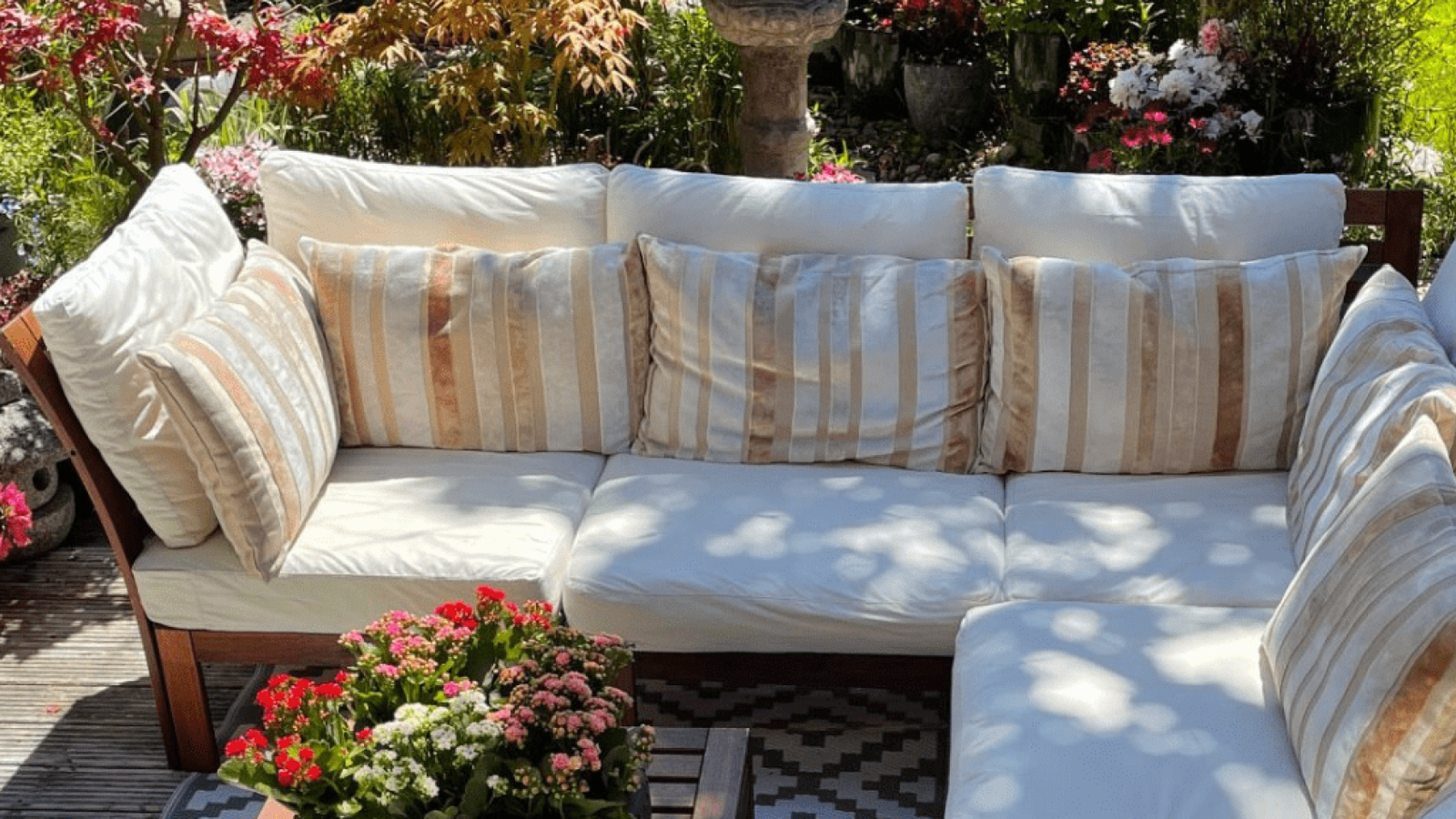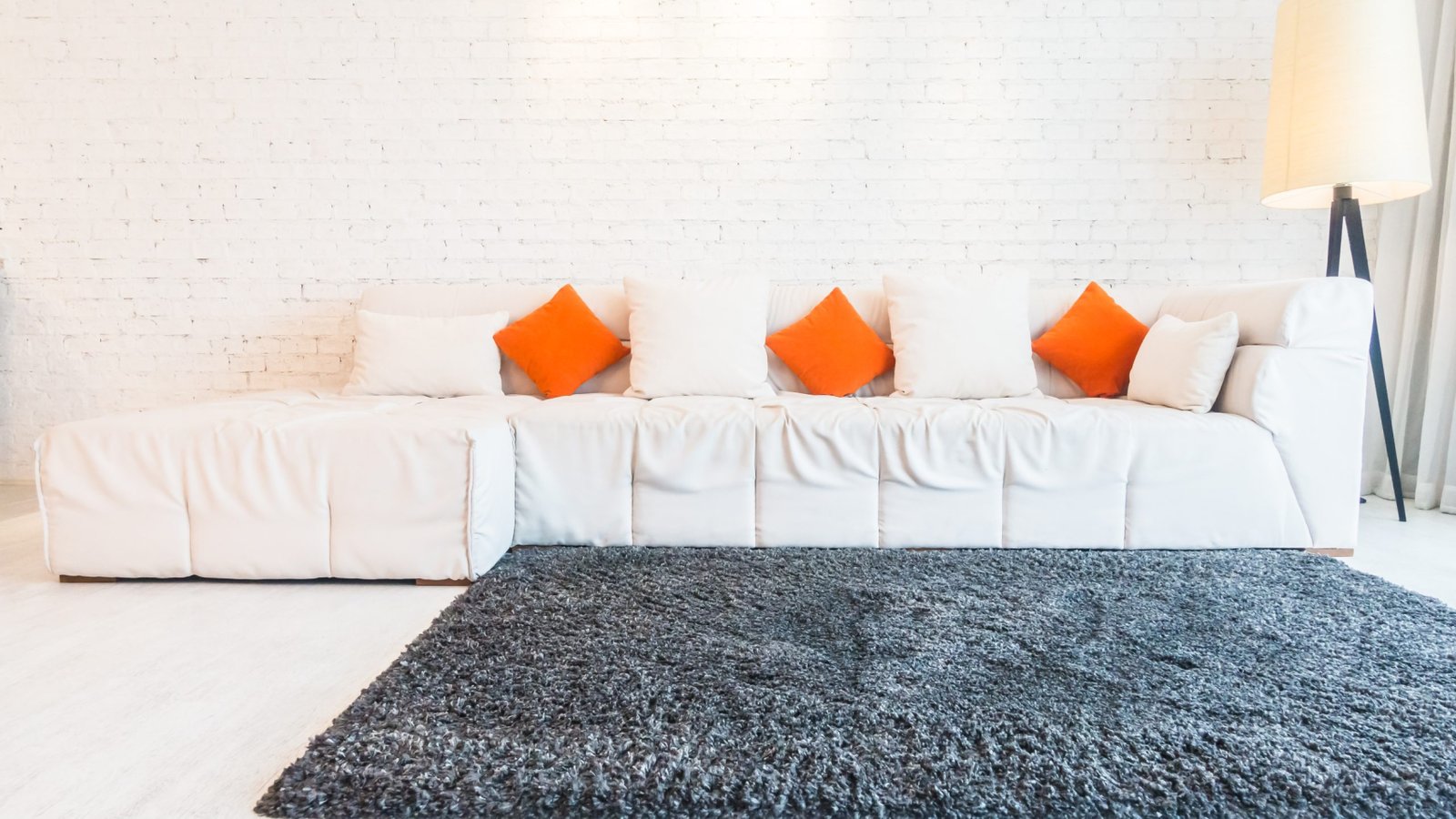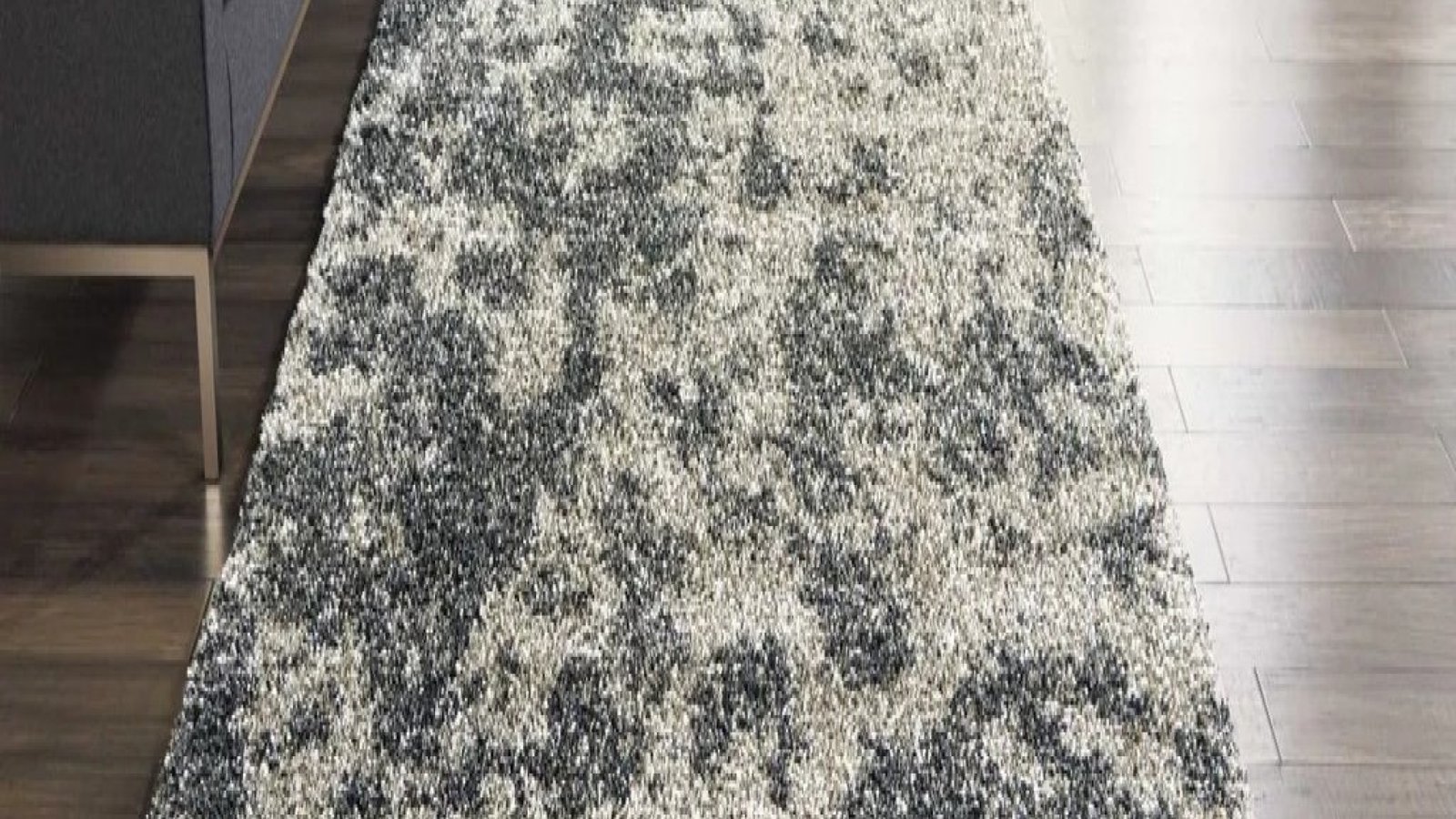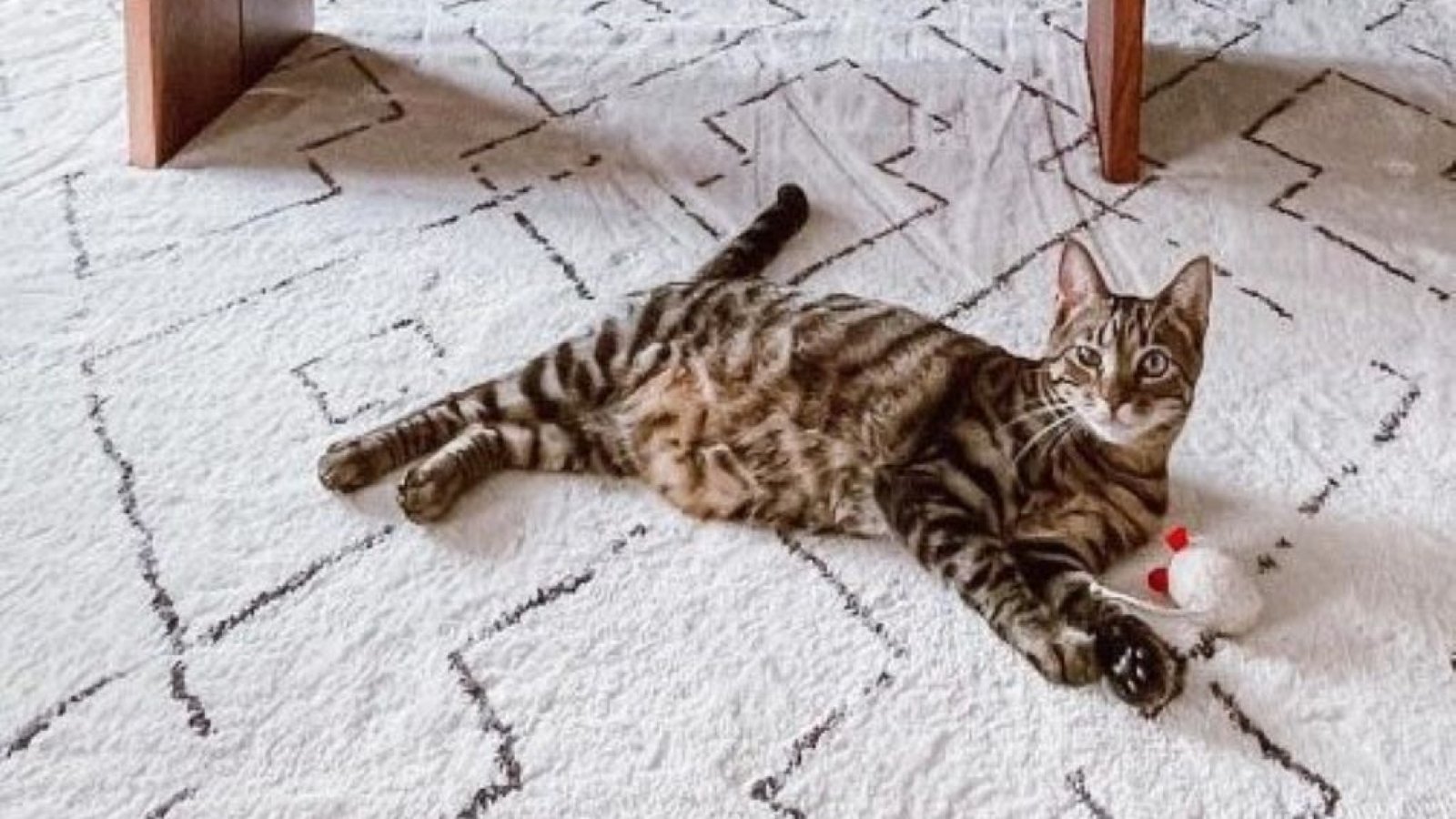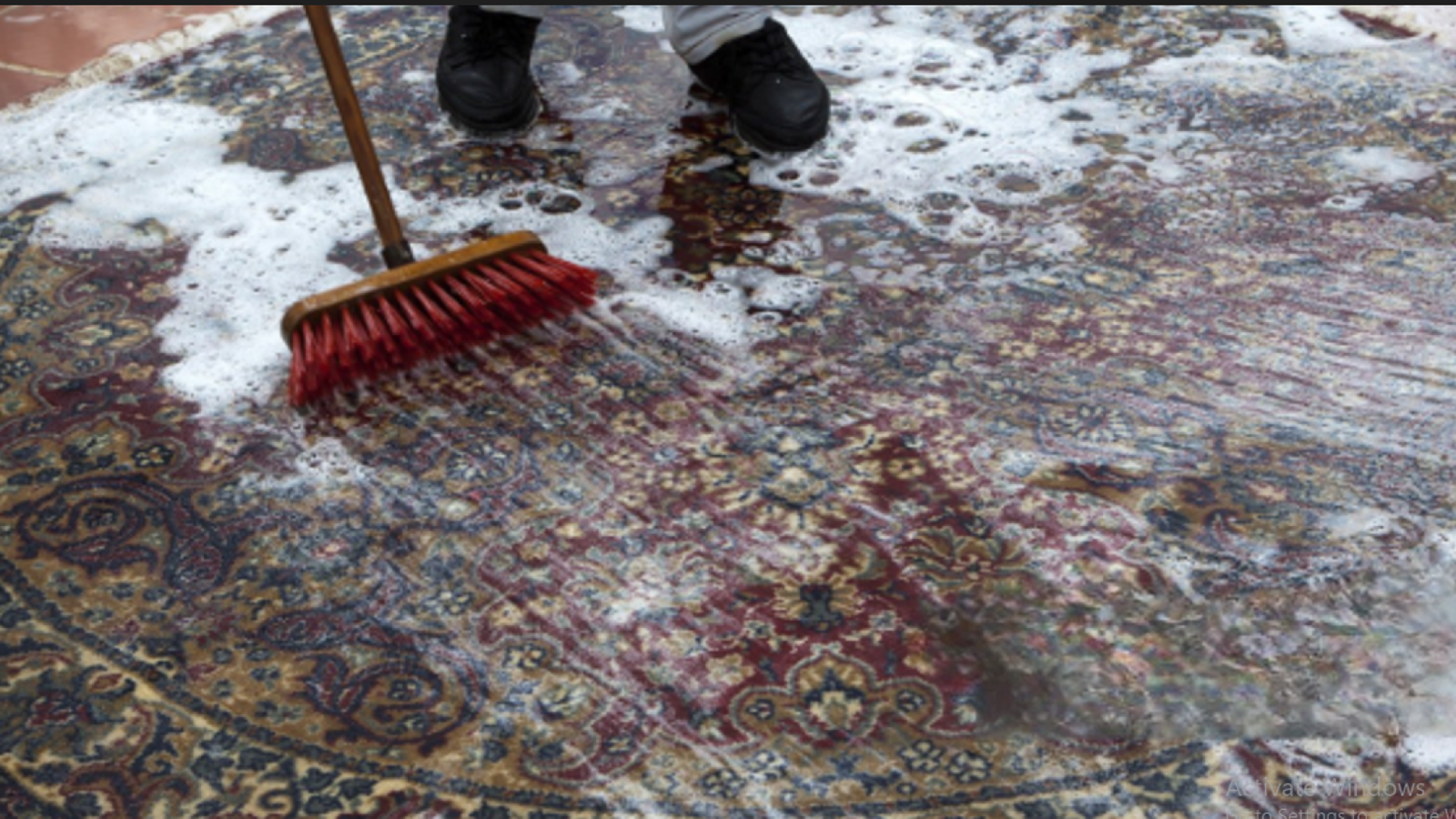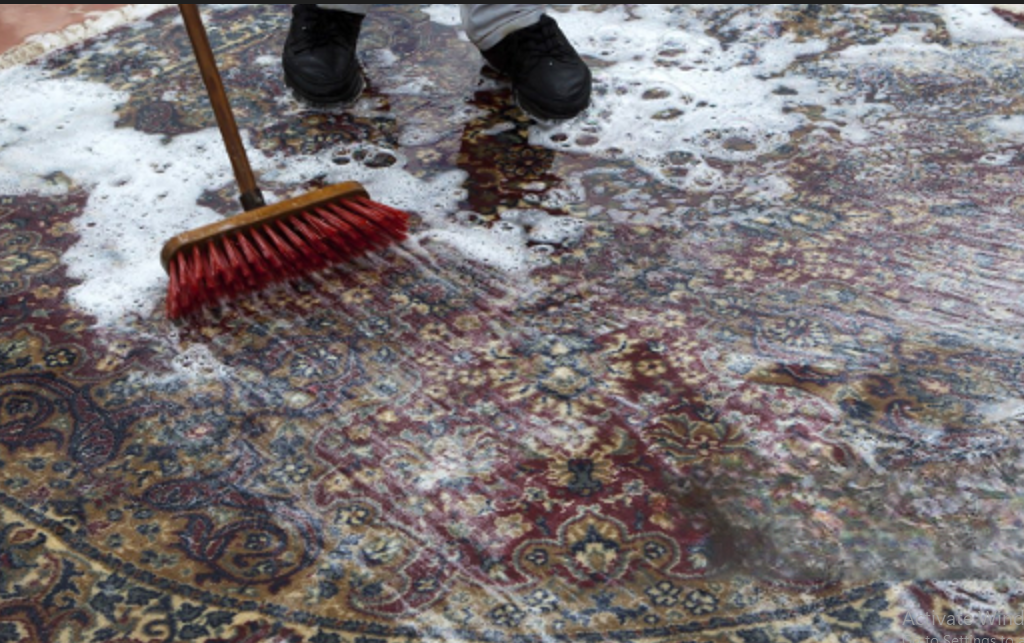Round rugs are both stylish and versatile, yet they often don’t get the recognition they deserve as transformative interior décor elements. Their balanced symmetry, natural flair, and elegant appearance can capture the attention of anyone entering your home. Knowing when to use a round rug is essential for achieving the most sophisticated look.
Whether you’re looking to create defined areas, add a touch of drama, or introduce an extra dimension to a room, understanding the strategic use of round area rugs can open up a world of possibilities. These rugs are perfect for enhancing various spaces such as living rooms, dining areas, bedrooms, and hallways, and they blend seamlessly with multiple decor styles from modern to traditional and everything in between.
In this article, we will delve into the art of using round carpets to elevate your home’s design. We’ll explore top tips and placement ideas for different spaces, discuss how to coordinate circular mats with furniture and existing design elements and guide you on selecting the right size, color, and patterns to create the atmosphere you desire. Whether you’re a design aficionado ready to experiment or a homeowner looking to rejuvenate your living spaces, the upcoming sections will offer the inspiration and guidance needed to weave round rugs into your interior design journey.
When To Use A Round Rug?
Opting for a circular rug in smaller living spaces can impart a sense of spaciousness due to its unbounded design. Harmonizing the surrounding furniture pieces prevents the room from appearing disjointed or cluttered.
They complement any curved architectural elements present in a space, respecting the historical and structural aspects of the building and its surroundings.
Round rugs can accentuate focal points like statement pieces or center furnishings, adding character to areas that lack definition. Despite the dominance of minimalistic trends favoring rectangular rugs, there’s a growing appreciation for the softness and curvature that round mats offer, aligning with emerging design preferences.
Furthermore, incorporating a round carpet can elevate your design endeavors if you’re aiming for a snug living room, a sophisticated dining area, or a serene bedroom ambiance. Below here, we’ll explore the occasions where a round carpet is most appropriate and delve into the merits of investing in one
Creating a Cozier, Conversation-Friendly Layout
The innate shape of a round rug inherently fosters intimacy by drawing people closer together. When placed in a living room or seating area, it encourages individuals to gather around, facilitating face-to-face interactions and engaging conversations. This characteristic proves particularly advantageous in homes where fostering social bonds and connections is a central focus.
Creating a Space with Gentle and Subtle Lines
Crafting a space adorned with gentle and subtle lines can be achieved with the inclusion of a round carpet. The curvature of the rug’s design imparts a softness that harmonizes with the surrounding elements, creating an atmosphere of tranquility and ease. This subtle aesthetic choice can enhance the overall visual appeal of the room, fostering a sense of balance and cohesion. This gentle aesthetic is particularly alluring in spaces dedicated to relaxation, such as bedrooms and reading nooks, where the rounded contours of the rug enhance feelings of comfort and leisure.
Making the Most of Small Spaces
In compact living areas, round rugs offer a strategic solution for optimizing space. Their circular design can seamlessly integrate into tight corners, effectively maximizing floor coverage without overwhelming the room. By eliminating sharp edges, circular mats create a sense of fluidity and openness, visually expanding the space. Additionally, their versatile nature allows for flexible placement, making them ideal for defining specific zones within multi-functional rooms. Whether used in cozy apartments or compact offices, round carpets serve as a practical and stylish tool for making the most of limited square footage.
Defining the Focal Points
A round carpet can effectively define focal points within a room, anchoring attention and enhancing visual interest. By placing a such carpet beneath a key element like a coffee table, accent chair grouping, or central ottoman, you create a designated area that draws the eye and adds a sense of purpose to the space. This technique not only accentuates the focal point but also helps to organize and structure the room’s layout, contributing to a more cohesive and inviting environment. Whether it’s in a living room, dining area, or bedroom, a round rug can serve as a stylish and functional tool for defining and highlighting focal points within your home.
Breaking the Monotony
Introducing a circular shaped rug into your space can be a refreshing break from the monotony of traditional rectangular or square rugs. Its unique shape adds a dynamic element to the room, injecting a sense of playfulness and creativity into the design scheme. Whether placed in a living room, dining area, or bedroom, a such circular carpet instantly catches the eye and infuses the space with character and charm. This departure from conventional shapes can invigorate the room’s aesthetic, creating a more visually interesting and inviting environment.
Versatility
Round rugs infuse rooms with a delightful sense of vibrancy. Their unique shape encourages creative arrangements and harmonizes well with other decor elements. For instance, layering a such rug atop a larger rectangular one can fashion a cozy and eclectic reading nook, while positioning a round rug beneath a suspended chair adds dimension and intrigue to the space.
These rugs come in various sizes, patterns, and materials, offering versatility in design options. They can complement different decorating styles, from traditional to contemporary, and can be used in various rooms such as living rooms, dining rooms, bedrooms, or entryways
What Are Best Places To Use Round Rugs?
As you explore the versatility and charm of circular rugs in your interior design endeavors, consider where these unique pieces can make the greatest impact. In this section, let’s delve deeper into the instances when to use a round area rug is most advantageous, enhancing both the aesthetic appeal and functionality of your living spaces.
Entryway
A round rug in the entryway can welcome guests and add visual interest while helping to trap dirt and debris from outside. Go for a round carpet featuring vibrant colors or intricate designs to instantly infuse your home with personality and style as soon as someone steps through the door.
Beneath the Dining Table
Placing a round mat beneath a dining table is highly effective. The circular shape mirrors the curve of the table, fostering a cohesive and visually appealing atmosphere. By anchoring the dining area, the round runner adds a distinct character within an open-concept space. Additionally, this placement ensures that chairs remain within the confines of the rug even when pulled out, enhancing both comfort and functionality during meal times.
Popular Gathering Spots
Round rugs excel in establishing intimate and enjoyable conversation areas. Whether placed in a cozy reading nook, around a fireplace seating arrangement, or as a focal point in a central gathering space, a circular rug beckons people to gather and fosters face-to-face interaction. Position chairs around the perimeter of the rug to promote engagement and create a hospitable atmosphere conducive to meaningful conversations and shared experiences.
Contemporary and Distinctive Bedrooms
Round rugs in bedrooms serve as delightful accents, elevating the space into a tranquil sanctuary. Placing a circular rug beneath the bed adds a touch of luxury by framing and elevating the visual prominence of the sleeping area also add warmth and comfort to your feet when getting out of bed in the morning. This effect is further enhanced if your bed features a rounded or curved headboard, creating a harmonious synergy between the furniture and the rug.
Nursery or Kids’ Room
Circular rugs are perfect for adding a playful touch to children’s spaces. They can be placed in the center of the room for playtime or beside the bed for a soft landing spot.
When Not To Use A Round Rug?
Round weaved rugs are a stylish choice, but there are a few situations where they might not be the best fit:
L-shaped furniture
L-shaped sofas or sectionals tend to clash with round rugs. The straight lines of the furniture won’t complement the curved shape of the rug, creating a visually awkward pairing.
Rectangular dining table
A large rectangular dining table would look odd with a circular carpet also since the table is rectangular, some chairs might end up partially on and off the rug, which can feel visually unbalanced.
FAQs
Does a round rug make a room look bigger?
Absolutely! A round rug’s ability to soften sharp lines and edges found in rooms with square or rectangular rugs creates a sense of fluidity and openness, enhancing the perception of space. Placing it strategically in the center of the room or under key furniture draws the eye outward, adding depth and expanding visual boundaries. While it doesn’t physically enlarge the room, its design and placement contribute to a more spacious and inviting atmosphere.
When not to use a Round rug?
Round carpets have long been popular in the world of interiors, but even the best round rugs aren’t fit everywhere like in a long & narrow living room, under a rectangular dining table, if the rug is too small for the room, in a narrow entryway, under L-shaped sofa.
How big a round rug should be in a living room?
Round rugs are available in a range of sizes to suit different needs. In a standard living room, oversized round rugs ranging from 8 to 10 ft. in diameter typically fit well. For smaller spaces, it’s best to choose round rugs that are less than 6 ft. in diameter.


 Cart is empty
Cart is empty 